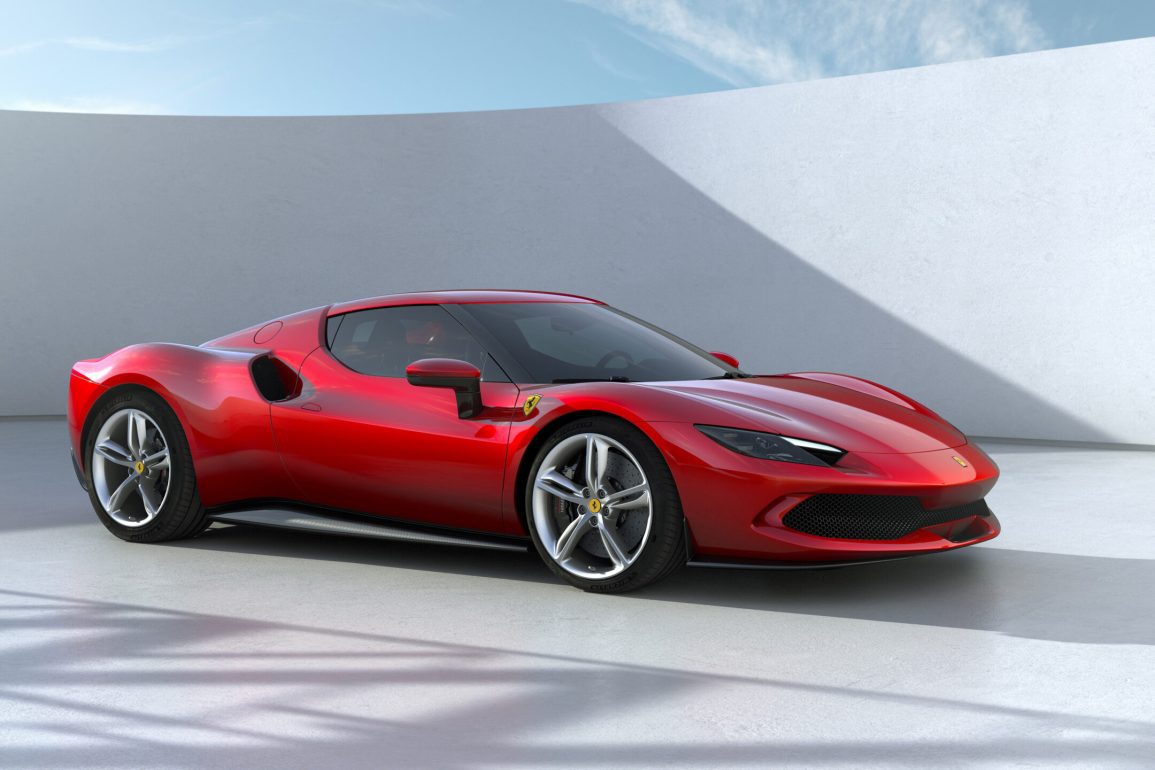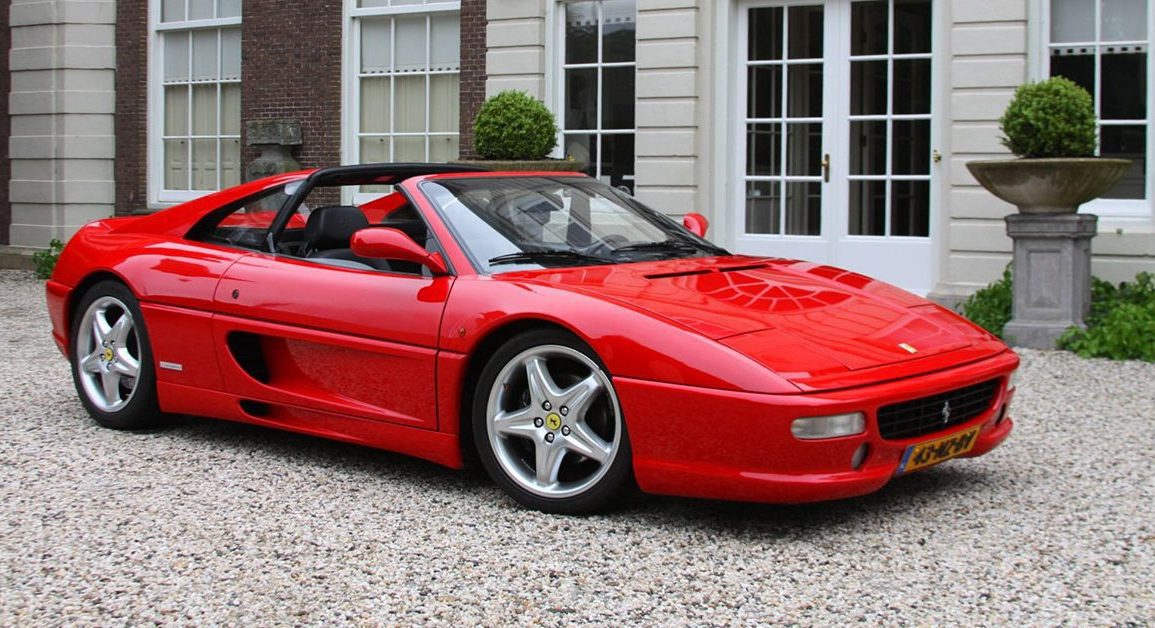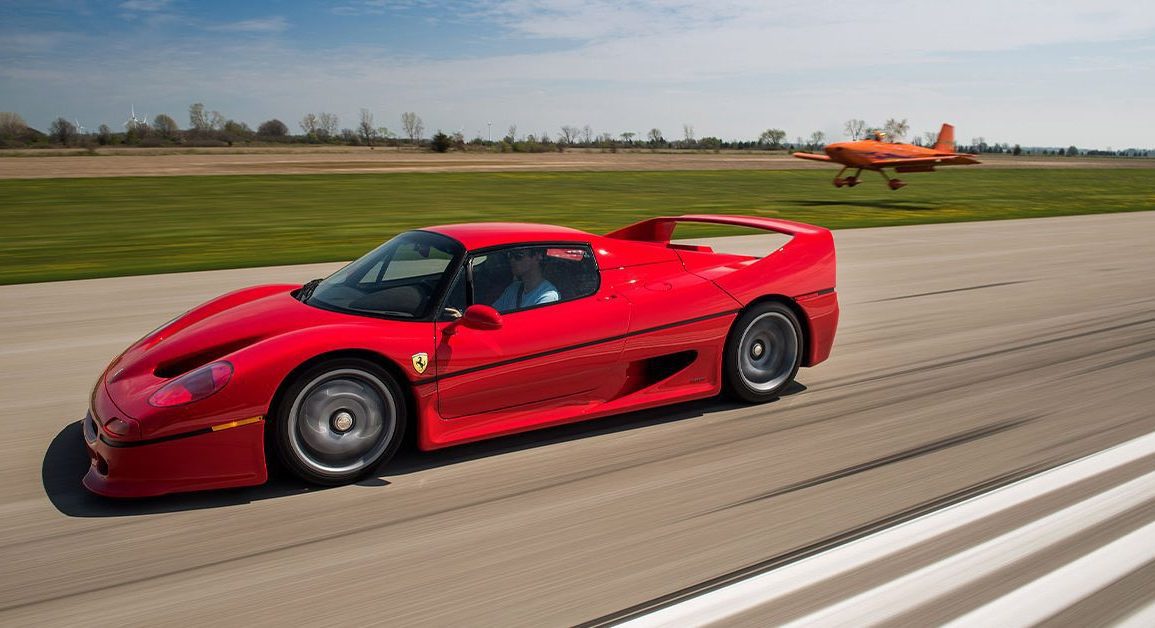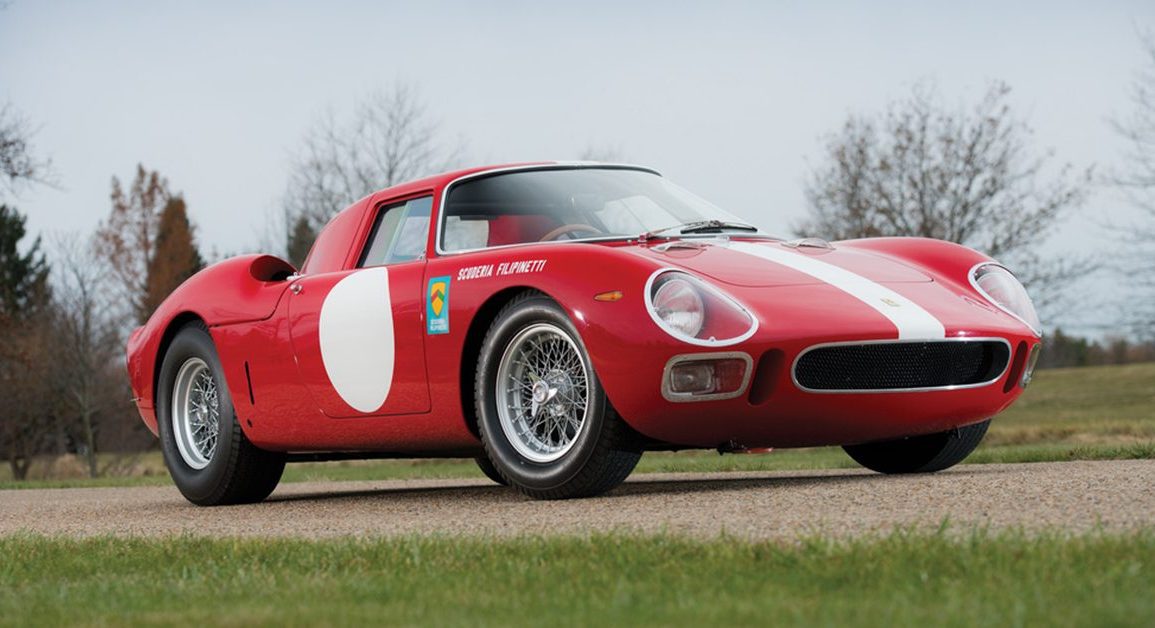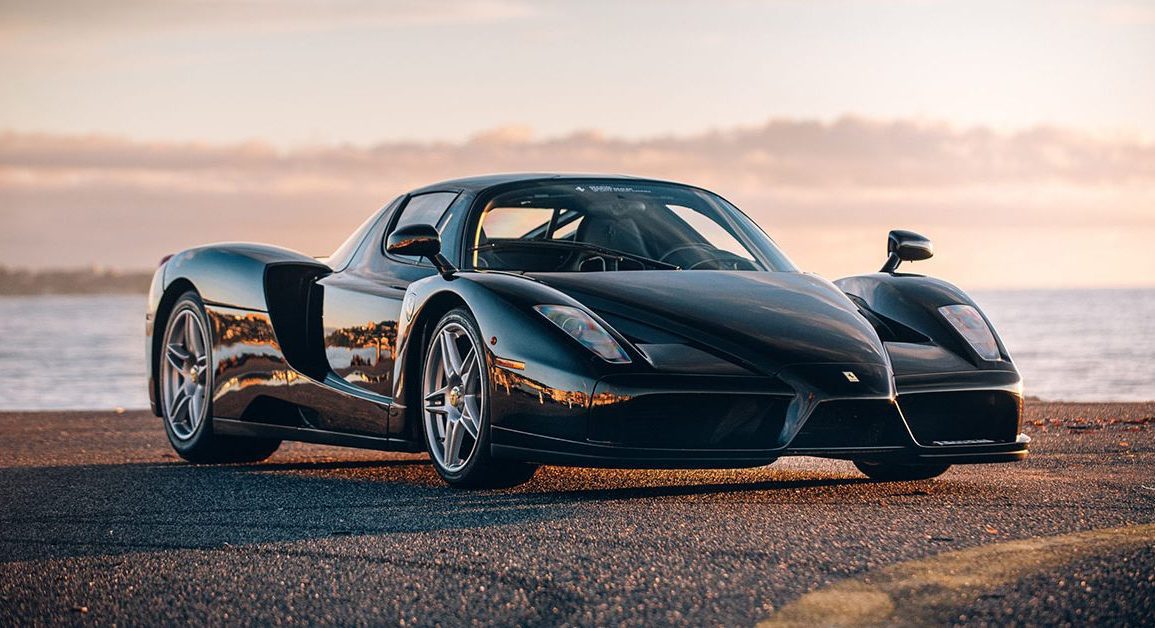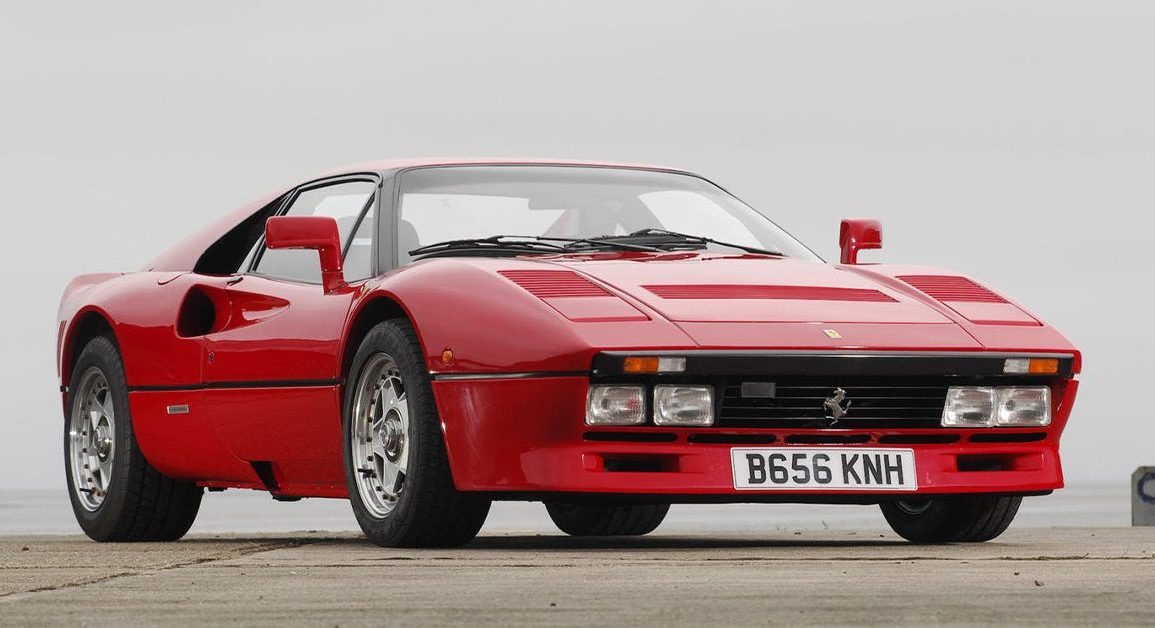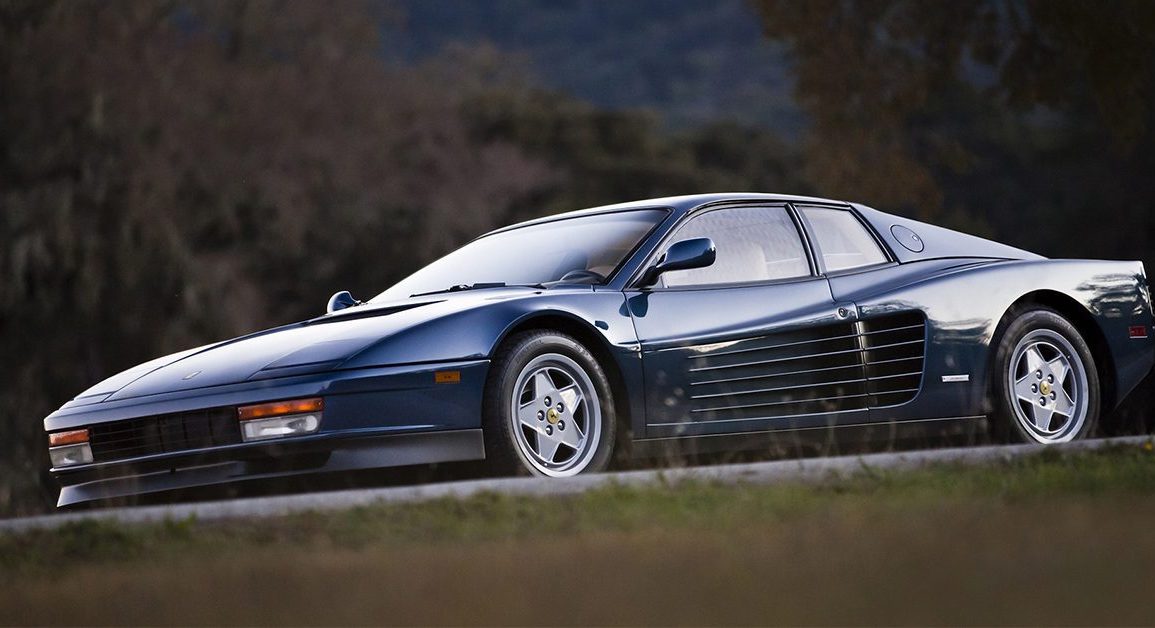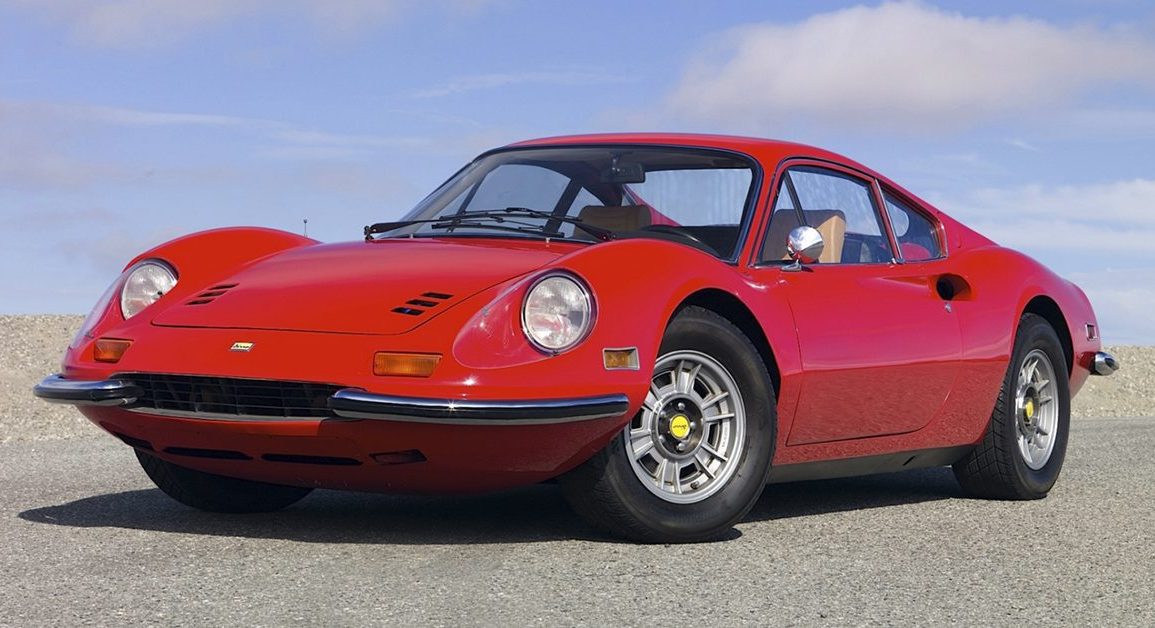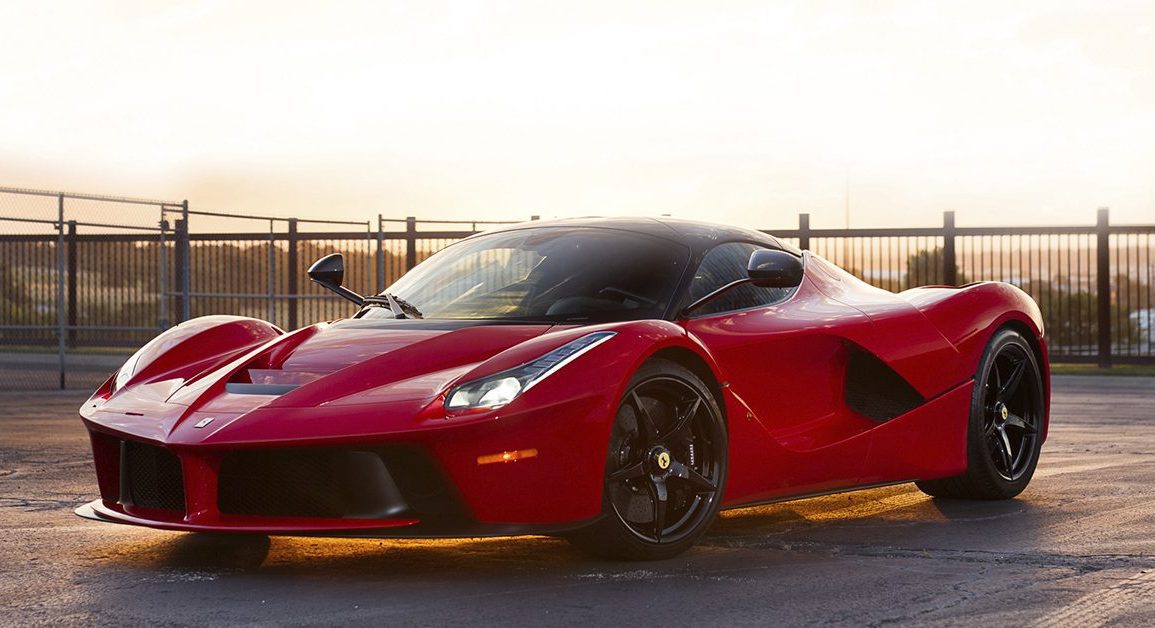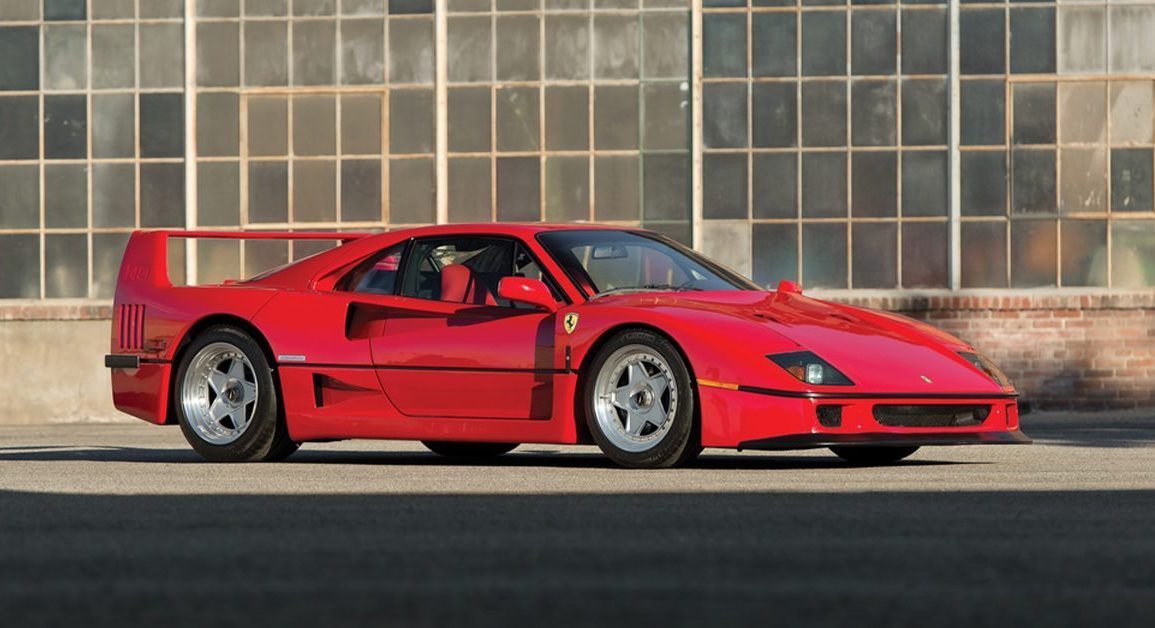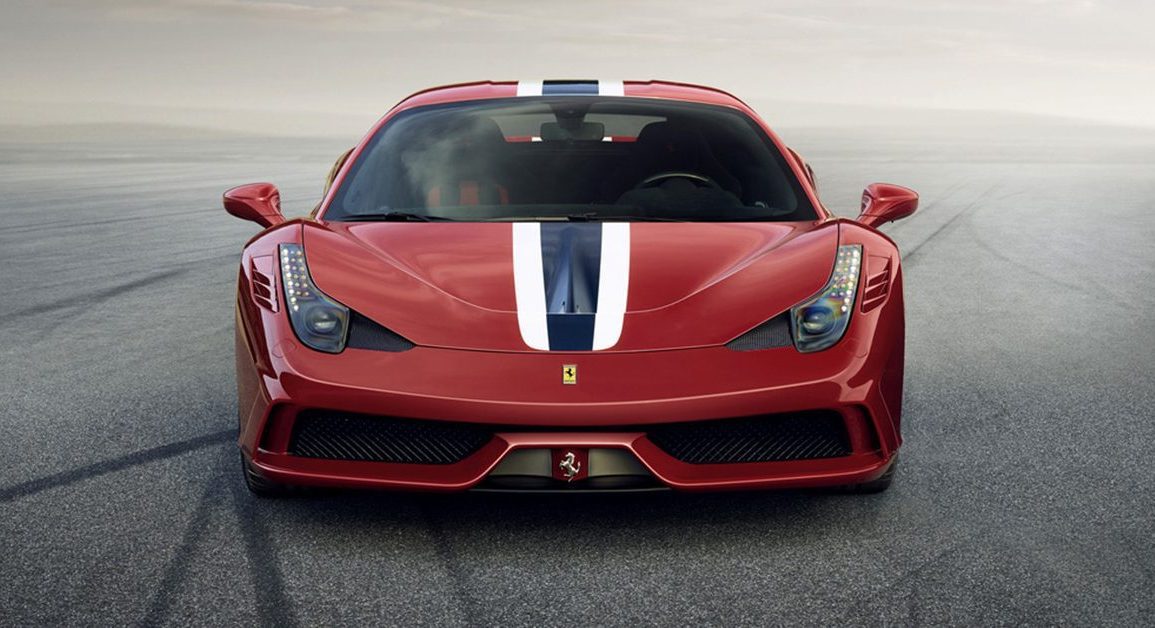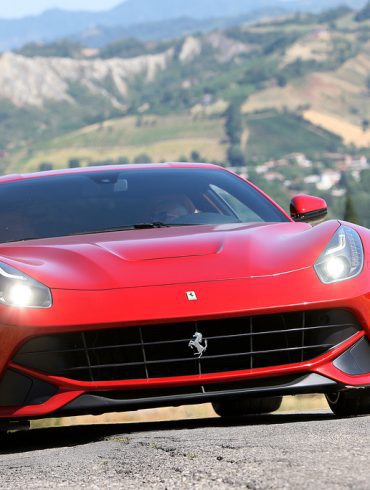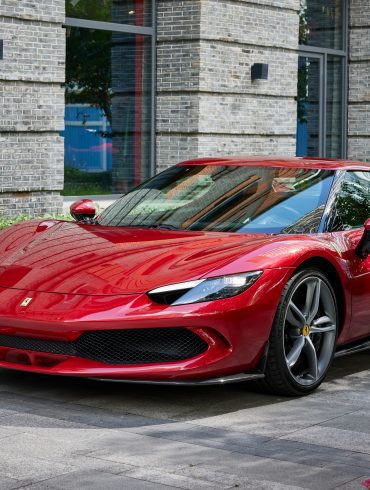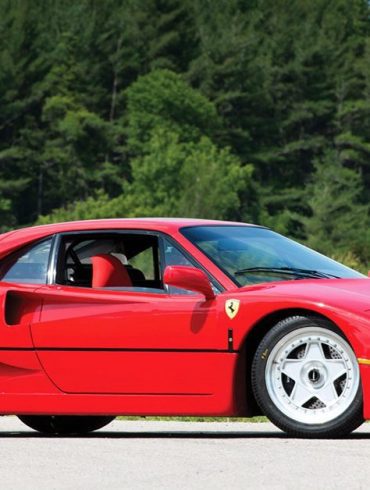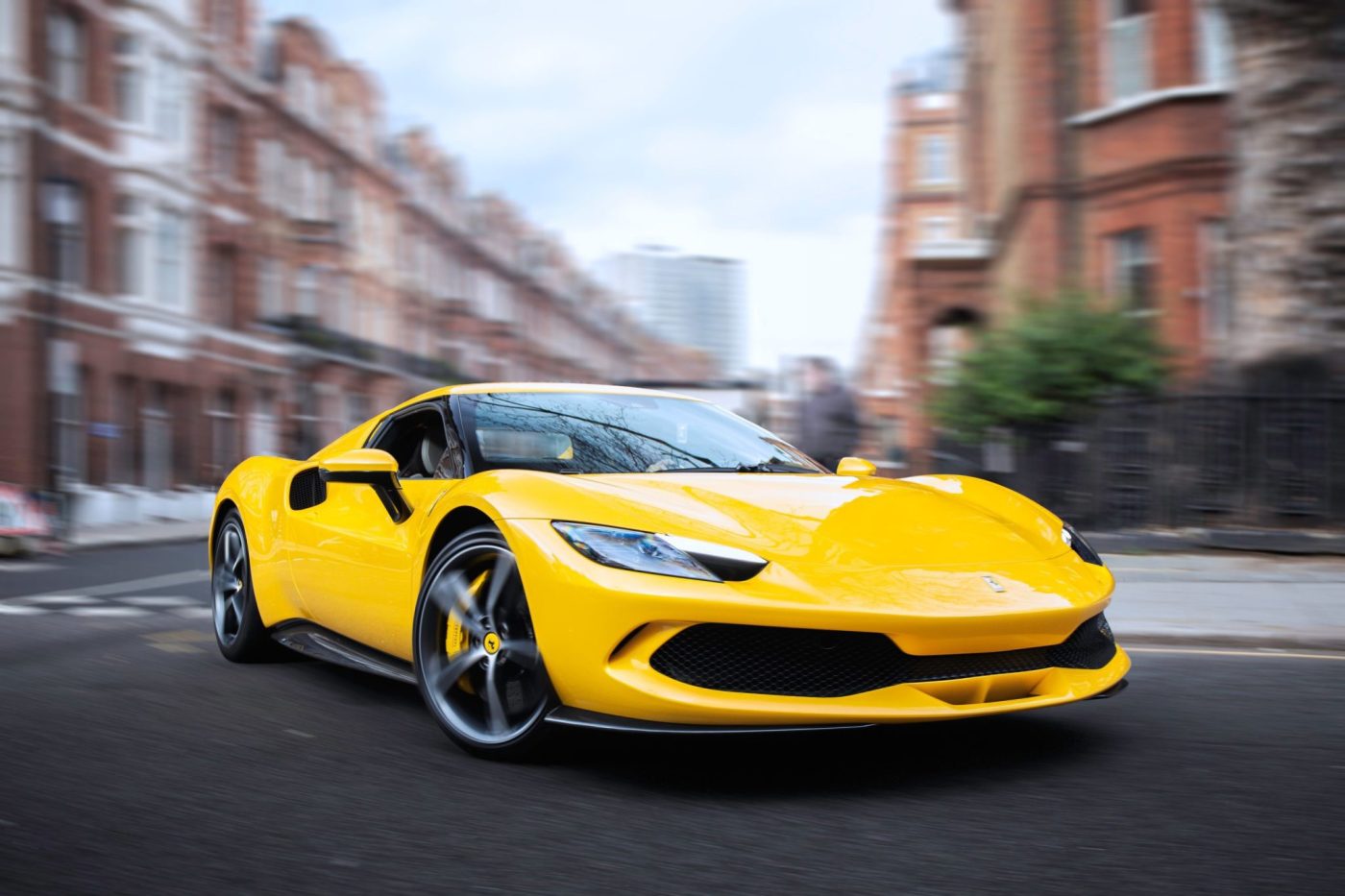
Among the most influential automobiles ever are these mid-engine Ferrari machines.
About Our Selections
Few manufacturers are spoken about with the same awe and devotion as Ferrari when discussing high-performance sports cars. For decades, this legendary Italian carmaker has created mid-engine marvels that have stunned car nuts and collectors alike with their innovative engineering and stunning design.
These Ferraris are the epitome of automotive excellence, with their trademark smooth ride, pinpoint handling, and adrenaline-inducing performance. This article will discuss the top mid-engine Ferraris, praising their history and highlighting the qualities that make them among the best vehicles produced by the Prancing Horse marque.
Ferrari 296 GTB
Putting the fun back into Ferrari
Why We Picked It:
The Ferrari 296 GTB is a revolutionary addition to Ferrari’s lineup, representing a new chapter in the brand’s history as it introduces a V6 hybrid powertrain to its road cars. Unveiled in 2021, the 296 GTB merges Ferrari’s iconic performance and design with modern hybrid technology, making it a forward-looking supercar that balances sustainability with sheer power.
At the heart of the Ferrari 296 GTB is a 3.0-liter twin-turbocharged V6 engine paired with an electric motor, producing a combined 818 horsepower and 546 lb-ft of torque. This makes it one of Ferrari’s most powerful models despite the smaller engine. The electric motor adds an extra boost of power while improving efficiency, allowing the 296 GTB to drive up to 15 miles on electric power alone. The car’s plug-in hybrid system enables Ferrari to meet modern environmental standards without sacrificing the thrilling performance Ferrari is known for. With its hybrid setup, the 296 GTB can accelerate from 0 to 60 mph in just 2.9 seconds and reach a top speed of over 205 mph, offering blistering speed and incredible agility.
The Ferrari 296 GTB is a blend of modern innovation and classic design cues. The exterior is sleek and aerodynamically optimized, with Ferrari focusing on clean lines and smooth surfaces to maximize performance. The rear features a distinctive, compact design, with active aerodynamics, including a retractable rear spoiler, providing optimal downforce and stability at high speeds.
Specifications:
Price: Starting at $317,986
Engine: 3L Twin-Turbo V8 + Electric
Power: 819 hp
Torque: 546 lb-ft
Transmission: 8-speed dual-clutch
Curb Weight: 3,532 lbs
Highlights:
The Ferrari 296 GTB features a 3.0-liter twin-turbo V6 engine paired with an electric motor, producing a combined 818 horsepower.
Marks Ferrari’s first road car with a V6 engine since the Dino, blending heritage with cutting-edge hybrid technology.
It can drive up to 15 miles on electric power alone, combining eco-conscious performance with Ferrari's trademark power.
Learn More:
Ferrari F355 GTS
Simply stunning and a soundtrack to match.
Why We Picked It:
In 1995, Ferrari included the GTS version of the F355 in their portfolio. The GTS model was based on the F355 Berlinetta but had a removable "Targa-style" roof.
With the same 40-valve V8, the F355 GTS generated 375 horsepower and 268 pound-feet of torque. All other specifications were also the same for the Berlinetta.
The V8 engine revs to an astonishing 8,250 rpm and produces a powerful sound distinctively Ferrari. Top speed of 183 mph and acceleration from 0 to 62 mph in 4.7 seconds were remarkable.
This Ferrari stands out from the crowd thanks to its eye-catching design, satisfying gated shifter, booming V8 engine, and, let's not forget, those gorgeous pop-up headlights. Its dimensions were virtually those of the 348, but its body had been reworked thanks to wind tunnel tests.
The F355's interior features excellent materials and a gorgeous gated shifter, while the exterior design boasts perfect proportions.
Specifications:
Price: $60,000-$300,000
Engine: 4.0L V8
Power: 380 hp
Torque: 268 lb-ft
Transmission: 6-Speed Manual
Curb Weight: 2,976 lbs
Highlights:
The Ferrari F335 was one of the most visually stunning cars of the 1990s, thanks to Pininfarina's design. It boasted a fantastic powertrain with one of the most intoxicating engine sounds in the world.
The F355's low profile and wide stance give the car a sense of power and elegance.
Learn More:
Ferrari F50
The golden Ferrari standard
Why We Picked It:
To commemorate Ferrari's 50th year in business, they created a new iconic supercar that combined beauty and beast: the F50. Like the 288 GTO and F40 before it, its primary focus was on motorsports engineering, with minimal attention paid to the comfort of its occupants.
The F50's solidity was a major selling point. It featured a solidly attached chassis with less rubber in the suspension system and lacked front, rear, and engine subframes. The engine and transmission were also the rear support structure and housed the rear suspension parts, and they were attached directly to the central tub.
A V12 engine displacing 4.7 liters provided power; its output was 512 horsepower and 347 lb-ft of torque sent to rear wheels. The six-speed manual transmission and V12 engine were based on Ferrari's 1990 Formula One car. The F50 had a top speed of almost 200 mph and could reach 60 mph from rest in 3.7 seconds.
Specifications:
Price: $2,000,000-$5,000,000
Engine: 4.7L V12
Power: 512 hp
Torque: 347 lb-ft
Transmission: 6-Speed Manual
Curb Weight: 2,910 lbs
Highlights:
The F50 was made extensively from carbon fiber, which made it very lightweight. This gave it excellent performance and agility.
The F50 featured advanced aerodynamic features, such as a large rear wing and a diffuser. These features helped to keep the car stable at high speeds and to generate downforce.
Learn More:
Ferrari 250 LM
The Le Mans legend
Why We Picked It:
Ferrari and Pininfarina revealed the 250LM at the 1963 Paris Motor Show. Aside from the generous appointments added by Pininfarina just before the show, the 250LM was much like the Ferrari 250P with a roof. Both cars shared the same lengthened Dino Sports Prototype (SP) chassis and the well-tested 250 GT V12. Since this engine fit well within the three-liter limit for racing cars, it was an easy choice.
The chassis detail was quite complex and robust. It included four tubes that carried oil and water to the front-mounted radiators. This helped maintain a better weight balance but made both systems vulnerable to accident damage while increasing cockpit heat.
Fully independent suspension, as were inboard rear brakes, were fitted, which demanded solid half shafts to cope with the load. Ultimately, Ferrari had a small car that weighed only 850 kg when dry. Unfortunately for Ferrari, the FIA was not convinced that the rear engine 250LM was a version of the front engine 250 GT with the necessary production figures for homologation.
Specifications:
Price: $20,000,000
Engine: 3.3L V12
Power: 320 hp
Torque: 2311 lb-ft
Transmission: 5-Speed Manual
Curb Weight: 1,808 lbs
Highlights:
At the 1965 LeMans, Ferrari's 250LM sports car fulfilled its purpose by winning the race it was named after.
In May 1963, Ferrari increased displacement from the prototype’s 3.0-liter engine to 3.3 liters and started selling copies to private teams like NART, Maranello Concessionaires, Scuderia Filipenetti, and Ecurie Francorchamps.
Learn More:
Ferrari Enzo
The pinnacle of Ferrari
Why We Picked It:
Ferrari's new Gran Turismo, introduced in the early 2000s, took advantage of the company's fifty years of experience while drawing inspiration from Formula One technology. The Enzo, like the 288GTO, F40, and F50 before it, is part of a small run of road cars named after the company's founder. These vehicles are emblematic of Ferrari's aspiration to create the world's most luxurious and cutting-edge automobile.
Ferrari is no stranger to branding race-derived technology on road cars. Ferrari's road and racing cars were essentially the same until the late 1950s. Safety restrictions, production costs, and practicality have created a clear divide between race cars and everyday vehicles. The Enzo was created to close this gap.
As Luca de Montezemolo states, 'To bring together our racing success and the fundamental role of races, I decided that this car, which represents the best our technology is capable of, should be dedicated to the founder of the company, who always thought racing should lay the foundation for our road car designs.' Michael Schumacher and Dario Benuzzi helped test the Enzo.
Specifications:
Price: $2,500,000-$3,000,000
Engine: 6.0L V12
Power: 660 hp
Torque: 485 lb-ft
Transmission: 6-Speed Semi-Automatic
Curb Weight: 3,020 lbs
Highlights:
The Enzo was designed with a focus on handling and agility. It had a lightweight carbon fiber body and a sophisticated suspension system. This made it one of the best-handling cars of its era.
The Enzo is a special car because it represented the pinnacle of Ferrari's engineering and design at the time and resulted from Ferrari's rich legacy in racing translated into a road car.
Learn More:
Ferrari 288 GTO
A stunning masterpiece
Why We Picked It:
In 1984, Ferrari made a road-legal car that was incredibly beautiful and powerful. The car was developed alongside the Testarossa, and both had iconic Ferrari names: GTO or Gran Turismo Omologato.
The 250 GTO produced between 1962 and 1964 is one of the rarest and most sought-after Ferraris ever. In the golden age of GT sports car racing, this vehicle was homologated as a top contender. The peak speed of the 1984 GTO was conservatively listed at 189 mph, and its 2.8-liter twin-turbocharged V8 engine produced 400 horsepower (140 bhp/liter) of power.
The 288 GTO, like its predecessor, was designed to compete in the FISA Group B racing championship, which required the homologation of 200 customer cars. Due to the termination of the no-holds-barred Group B supercar series, nearly all of the 272 contemporary GTOs produced by Ferrari were converted into street-legal vehicles. Their unique combination of calm management and dynamic aggression has earned them the title "most exciting automobiles ever created."
Specifications:
Price: $3,400,000
Engine: 2.9L Twin-Turbocharged V8
Power: 394 hp
Torque: 366 lb-ft
Transmission: 5-Speed Manual
Curb Weight: 1,984 lbs
Highlights:
At first glance, the GTO’s styling is an evolution of Pininfarina’s twin 1970s mid-engined masterworks: the Berlinetta Boxer and the 308.
The GTO's aerodynamics were designed to be in street-legal conformity with the homologation regulations.
Learn More:
Ferrari Testarossa
A timeless figure
Why We Picked It:
The Ferrari Testarossa is widely recognized as one of the most legendary cars ever produced. Brand loyalists were initially unwilling to accept the new model due to its odd appearance, but they came around in the end.
The Pininfarina-designed car looked incredibly futuristic. However, the Testarossa is currently considered among the most visually appealing Ferrari cars ever made.
A 5.0-liter flat-12 engine producing 390 horsepower and 354 pound-feet of torque powered this fantastic supercar. It could reach its top speeds of 180 mph and 60 mph in 5.6 seconds.
The Testarossa is a symbol of automotive excess and high performance. It became an immediate classic thanks to its eye-catching appearance, potent engine, and outstanding performance. Collectors who value its one-of-a-kind look and performance have kept it in great demand since its introduction in the 1980s.
Specifications:
Price: $150,000-$300,000
Engine: 4.9L Flat-12
Power: 385 hp
Torque: 361 lb-ft
Transmission: 5-Speed Manual
Curb Weight: 3,766 lbs
Highlights:
The Testarossa boasted a striking wedge-shaped profile with a low, wide stance. Its sleek, angular design and pop-up headlights add to its clean, aerodynamic front end.
One of the most iconic Testarossa design elements is its side strakes, or "cheese grater" cooling vents.
Learn More:
Ferrari Dino 246
Ferrari's first mid-engine car
Why We Picked It:
In 1968, Ferrari introduced the Dino sub-brand with the 246 as the line's flagship. The Scuderia required a smaller sports vehicle to compete with the Porsche 911, so the Dino was formed from the necessity for more compact V6 and V8 engines.
Dino was the nickname of Ferrari's late son and successor, Alfredo, who was only 24 years old when he passed away and was the only person who influenced Enzo Ferrari to switch from V12 powertrains to V6.
The front-engined Fiat Dino debuted the 2.0-liter engine in 1966, but Ferrari made a mid-engined car version the following year. Since the V6 produced less power than Ferrari's V12-powered cars, Enzo decided it was appropriate to create it as a mid-engined car, making it Ferrari's first mid-engined road car.
The original Dino's engine was only 2.0 liters in size, but the 246's V6 was 2.4 liters. After eight successful years, the Dino brand was discontinued in 1976 when the final Dino 308 GT4 was rebadged as a Ferrari.
Specifications:
Price: $200,000-$400,000
Engine: 2.0L V6
Power: 192 hp
Torque: 166 lb-ft
Transmission: 5-Speed Manual
Curb Weight: 2,381 lbs
Highlights:
The Dino 246 was among the first Ferraris to have a mid-engine layout. This gave it excellent handling and balance.
The Dino 246 was more affordable than other Ferraris of its time, which made it more accessible to a broader range of buyers.
Learn More:
Ferrari LaFerrari
The utmost Ferrari
Why We Picked It:
In Ferrari's own words, LaFerrari is the finest expression of our company's unique, unparalleled engineering and design know-how, including that acquired in Formula 1." LaFerrari's architecture delivers dynamic handling and compact dimensions by placing 59% of the vehicle's mass in the back.
The LaFerrari was the first Ferrari to incorporate a hybrid-electric hybrid-kinetic energy recovery system (HY-KERS). This powertrain's internal combustion engine (ICE) component produces 800 horsepower and 664 lb-ft of torque at a maximum of 9,250 rpm. It's mated to an electric motor producing 120 kW (163 hp) for 963 hp.
Engineers could maximize the internal combustion engine's performance at higher rpm by taking advantage of the electric motor's high torque levels at low rpm, resulting in a continuous flow of outstanding power over the whole rpm range.
The hybrid system consists of an electric motor for the driven wheels, another for the auxiliary components, and a battery pack mounted under the chassis. The electric motor is linked with an F1 dual-clutch transmission to maximize energy economy and improve handling by making torque available directly to the wheels and returning it to the electric motor during recharging.
Specifications:
Price: $2,000,000-$3,000,000
Engine: 6.3L V12
Power: 963 hp
Torque: 664 lb-ft
Transmission: 7-Speed Automatic
Curb Weight: 3,495 lbs
Highlights:
The Ferrari LaFerrari is one of the most powerful and fastest road-legal cars ever made, and it's also one of the most exclusive. Only 499 LaFerraris were built.
The LaFerrari can accelerate from 0 to 60 mph in just 2.6 seconds and reach a top speed of over 217 mph. This makes it one of the fastest cars on the road.
Learn More:
Ferrari F40
The "last true Ferrari"
Why We Picked It:
Among the most renowned supercars ever manufactured is the final Ferrari to have the blessing of the great Enzo Ferrari. Among the most renowned supercars ever manufactured is the final Ferrari to have the blessing of the great Enzo Ferrari. The Ferrari F40 has graced the bedroom walls of enthusiasts worldwide.
The Ferrari F40 incorporated a tubular steel chassis, Kevlar body panels, a carbon fiber bonnet, and doors. Its fantastic powertrain comprised a 2.9-liter twin-turbo V8 engine producing 478 horsepower and 425 pound-feet of torque.
The engine was mated to a five-speed manual transmission with a gated shifter. The F40 was built to be a street racing machine. It had a top speed of 201 mph and could accelerate to 60 mph in 4.1 seconds.
The amenities and features in the F40 were kept at a minimum to make the car as light as possible, resulting in a curb weight of 1,100 kilograms. Pininfarina's bodywork underwent extensive wind tunnel testing for superior aerodynamic efficiency. Its short front overhang, large spoiler, and NACA air intakes made it easy to spot. Only 910 of the F40 were made during its production run from 1987 to 1992.
Specifications:
Price: $2,000,000-$3,000,000
Engine: 2.9L Twin-Turbocharged V8
Power: 478 hp
Torque: 425 lb-ft
Transmission: 5-Speed Manual
Curb Weight: 2,425 lbs
Highlights:
Race-style seats with massive side bolsters greet the driver upon entering the cabin. Finished in bright red and capable of hosting a three-point harness, the connection between the race car and production car is unmistakable.
The Ferrari F40 stood out from the crowd thanks to its unusual wedge shape, massive front air intake, and sloping tail end.
Learn More:
Ferrari 458 Speciale
One of the greatest driving cars ever created
Why We Picked It:
The Ferrari 458 Speciale is a high-performance variant of the already impressive Ferrari 458 Italia, and it has earned a special place in the hearts of enthusiasts for its raw driving experience, cutting-edge technology, and breathtaking design. Introduced in 2013, the 458 Speciale represents the pinnacle of Ferrari's naturally aspirated V8 engines, delivering a thrilling combination of power, precision, and handling that few cars can match.
What makes the Ferrari 458 Speciale so special is its 4.5-liter naturally aspirated V8 engine, which produces an astounding 597 horsepower at 9,000 rpm—making it the most powerful naturally aspirated V8 Ferrari had ever produced at the time. Paired with an advanced dual-clutch transmission, the 458 Speciale accelerates from 0 to 60 mph in just 3.0 seconds. But it’s not just about straight-line speed; Ferrari equipped the 458 Speciale with advanced aerodynamics and electronic systems, such as Side Slip Angle Control (SSC), which optimizes traction and stability, making the car incredibly nimble and confidence-inspiring on both road and track.
Top reviewers have praised the Ferrari 458 Speciale for its driver-focused experience and exhilarating performance. Jeremy Clarkson, former host of Top Gear, called the 458 Speciale "one of the greatest cars Ferrari has ever made," highlighting its extraordinary handling and responsiveness. Chris Harris, a respected automotive journalist, noted the car’s "balance and finesse" as key factors that set it apart from other supercars of its era, emphasizing that the Speciale feels like "a racing car built for the road." Furthermore, Evo Magazine awarded the 458 Speciale its "Car of the Year" accolade in 2014, underscoring its status as a true driver’s car.
Specifications:
Price: $450,000 - $600,000 (for coupe)
Engine: 4.5 L Naturally Aspirated V8
Power: 597 bhp
Torque: 398 lb-ft
Transmission: 7-speed dual-clutch auto
Curb Weight: 3,450 lbs
Highlights:
The Speciale pushed the 458 into new, more extreme territory, following in the footsteps of Ferrari's 360 Challenge Stradale and 430 Scuderia. Just like its iconic predecessors, it also has a central stripe.
The 14:1 compression ratio on the 4.5-liter V8 engine results in 133 bhp per liter of power at 9000 pm (via Ferrari). Carbon fiber underbody, narrower windscreen and side windows, Lexan engine cover, new lighter ceramic brakes, forged wheels, and simple interior contribute to the vehicle's increased performance while reducing its weight.
Compared to the 458 Italia, there are also magnetic dampers, stiffer springs, and anti-roll bars. The logic of downshifting gears is also altered, resulting in a 44% reduction in engine speed matching the gear ratio. Additionally, active aerodynamics and high silicon content ceramic discs reduce drag as speed increases.


